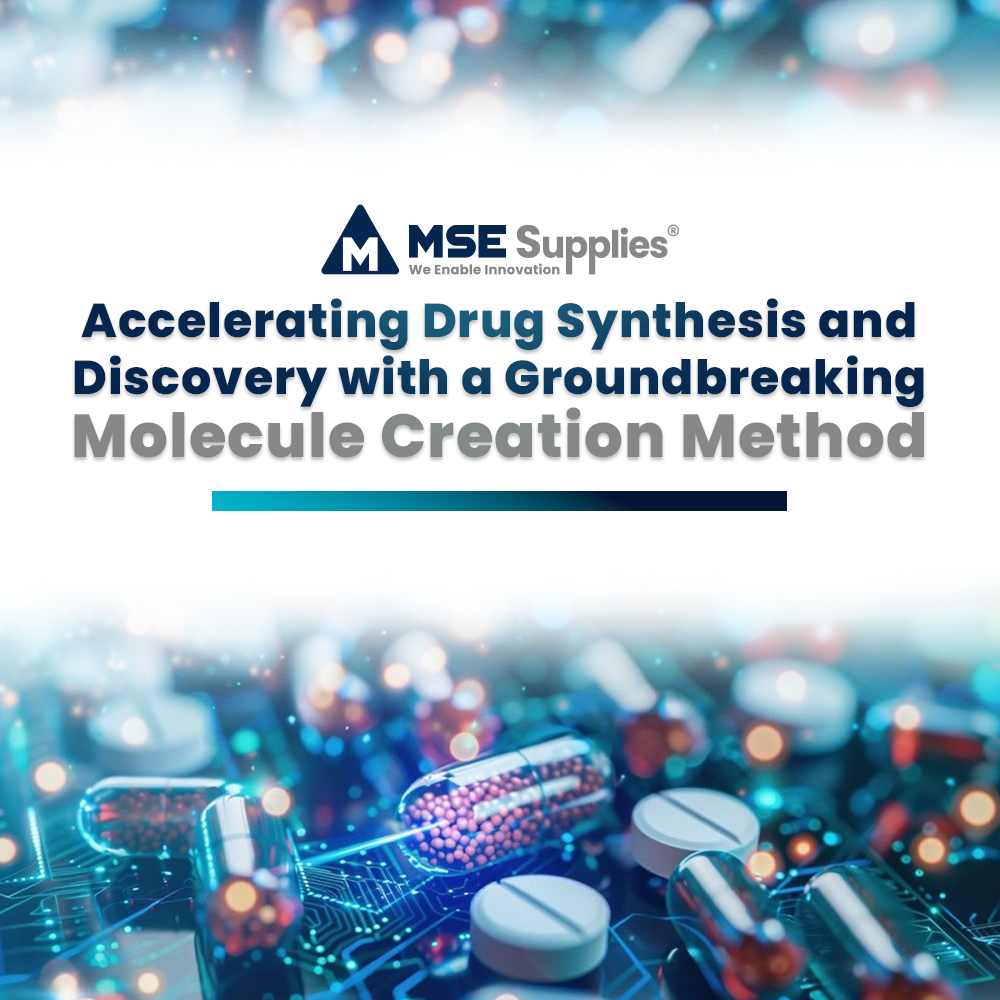Harnessing Earth-Abundant Materials for Sustainable Energy Storage
Posted by Marketing Team on

Rechargeable lithium-ion batteries are at the heart of modern technology, powering everything from smartphones to electric vehicles and energy storage systems. That reliance on scarce and valuable materials such as nickel and cobalt for battery cathodes is a growing concern. A recent study published in Nature Nanotechnology highlights a groundbreaking alternative: a low-cost and Earth-abundant material, manganese. It not only solves resource limitations but also the road toward a more sustainable future in energy storage.
Study Highlight
Researchers, led by the Lawrence Berkeley National Laboratory (Berkeley Lab), showed how manganese-based cathodes could flourish in emerging disordered rock salt (DRX) materials. The study demonstrated that manganese oxide-based DRX cathodes perform exceedingly well with particle sizes up to 1,000 times larger than previously predicted. Surprisingly, it opens the door to batteries powered by waving your hand.
Methodology Overview
The research employed a novel, energy-efficient process for synthesizing manganese-based cathodes:
-
Two-Day Synthesis: First, the lithium ions were removed from the cathode material, then the material was heated at about 200°C. This substantially decreased the amount of time and energy used compared to methods that are conventional.
-
Nanostructure Formation: This unique semi-ordered nanostructure was produced in this process, enhanced by disordered 'antiphase boundaries'. Improving the material’s ability to densely store and deliver energy involves these microscopic features.
-
Advanced Characterization Techniques: They used electron microscopes and X-ray studies to see how chemical and structural changes occur on the scale of atoms and the scale of the entire material while the battery is being cycled.
The ability to synthesize this patterned substrate efficiently, without the need for bulky, high-energy consuming synthesis reactors, was found to save time and energy while maintaining the goals for sustainable and scalable battery technologies.

a,b, Voltage profiles of L12M65 and L07M65-DH for the first cycle when cycled between 2 V and 4.8 V (a) and 2 V and 4.6 V (b) at 20 mAh g−1. c, Specific capacity retention of L12M65 and L07M65-DH when cycled in different voltage windows at 20 mA g−1. d, Specific energy retention of L12M65 and L07M65-DH when cycled in different voltage windows at 20 mA g−1. e,f, Rate performance of L12M65 (e) and L07M65-DH (f) electrodes at the first cycle discharge measured between 2 V and 4.8 V at 50, 100, 200 and 500 mA g−1 (Hau et al., 2024).
Earth-Abundant Materials in Energy Innovation
The results of this study highlight the potential of manganese (the fifth most abundant metal on earth), as a low-cost and earth-abundant alternative material for lithium-ion battery cathodes. Mn-based DRX cathodes demonstrate a viable path to scalability and affordability by decreasing reliance on scarce materials such as nickel and cobalt. This represents an important milestone for advancing renewable energy storage, as it allows us to create high-performance materials with less energy and in less time.
MSE Supplies Supports Research Excellence
At MSE Supplies, we are proud to support and help bring to fruition new ideas, such as advancing battery technology and electrochemistry, by offering a diverse selection of the materials and tools required by researchers in this area. Our offerings include:
-
A wide selection of materials, including the lithium round metal foil was used as the anode in the study, having different percentages of purities matched to your special application requirements.
-
Advanced tools and consumables that streamline workflows for battery research and development.
-
Cutting-edge materials are designed to meet the demands of next-generation energy storage applications.
MSE Supplies is committed to enabling researchers to explore Earth's abundant materials and make the most impactful discoveries with the resources they need.

Manganese-based cathodes with innovative nanostructures discovered is an important step towards sustainable and high-performance lithium-ion batteries. Researchers exploring new energy-efficient and environmentally responsible resources, along with technologically superior material engineering, to help create a future of scalable and impactful energy storage solutions that are also in congruence with sustainability.
See what's in store at MSE Supplies when it comes to research materials and tools and let us help fuel your next breakthrough. Contact us today to talk with our experts and understand how we can assist with your research. Don’t forget to visit our LinkedIn page for the latest updates and insights.
Sources:
-
Hau, H., Mishra, T., Ophus, C., Huang, T., Bustilo, K., Sun, Y., Yang, X., Holstun, T., Zhao, X., Wang, S., Ha, Y., Lee, G., Song, C., Turner, J., Bai, J., Ma, L., Chen, K., Wang, F., Yang, W., . . . Ceder, G. (2024). Earth-abundant Li-ion cathode materials with nanoengineered microstructures. Nature Nanotechnology. https://doi.org/10.1038/s41565-024-01787-y



